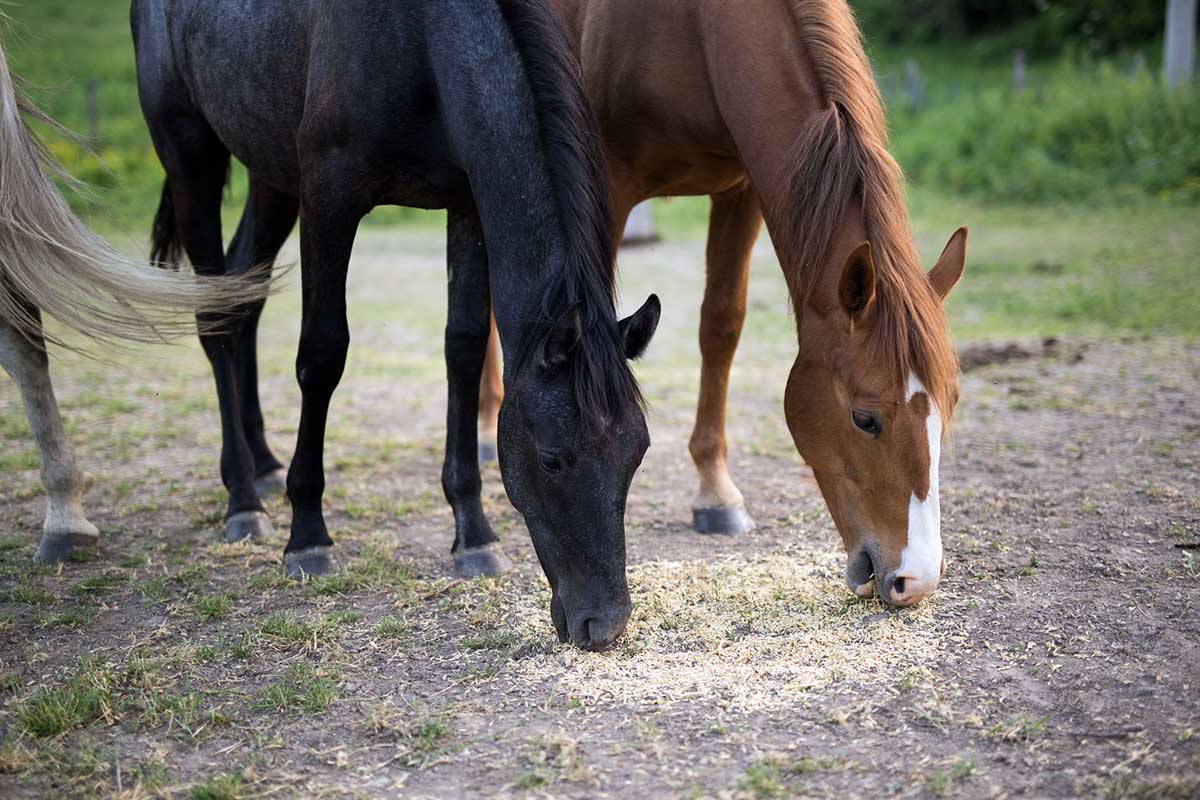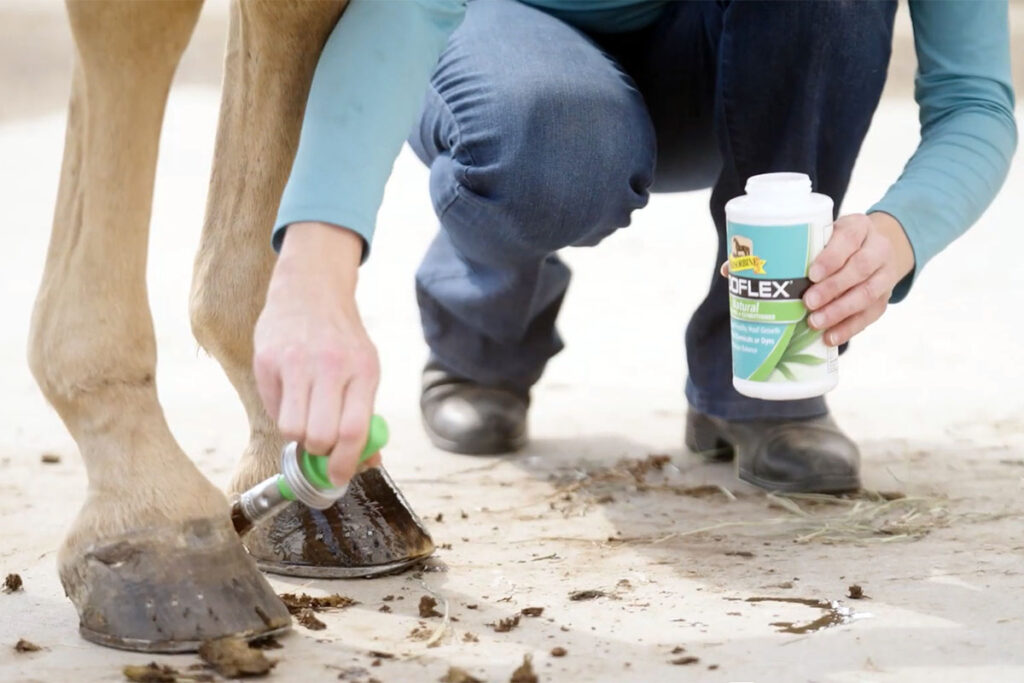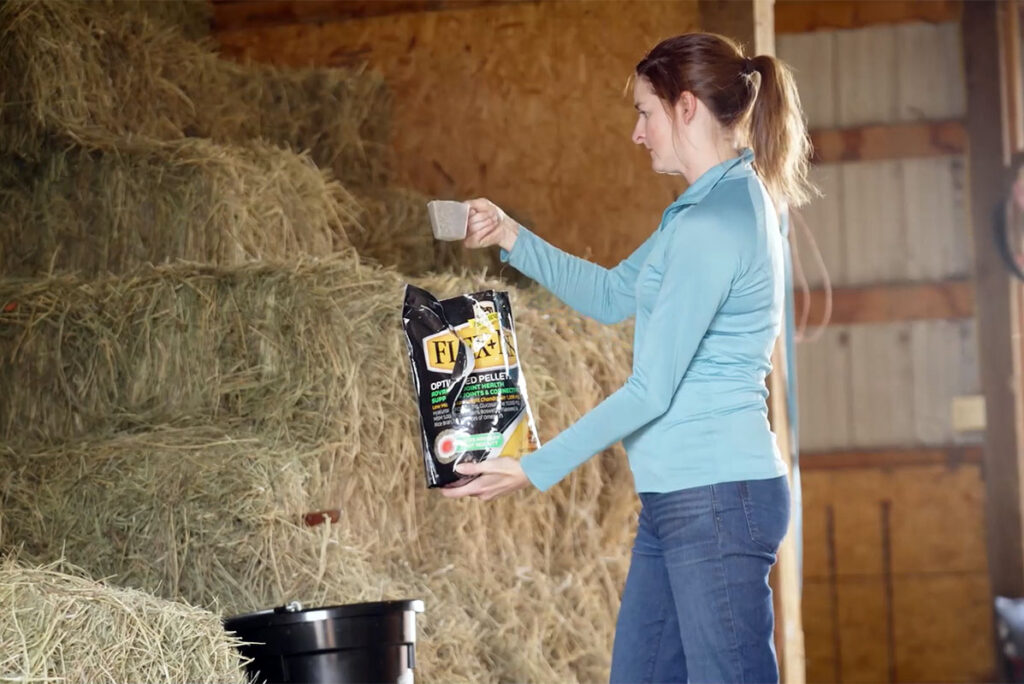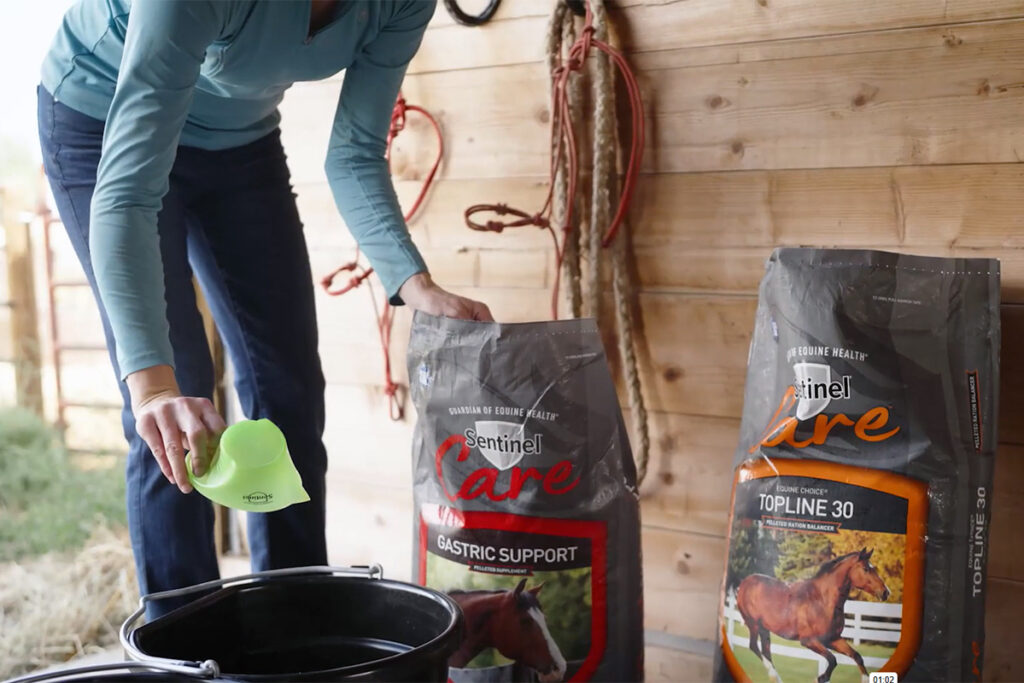You might know that chocolate is dangerous for dogs and to keep your cat away from lilies. But what types of things are toxic to horses? It’s not just poisonous plants you’ll need to watch out for. Toxins could be hiding in plain sight in anything from a lovely bale of hay to your horse’s freshly bedded stall.
Here are some things that are toxic to horses and how to be sure they’re not lurking in your barn, pasture, or feed.
Monensin: A Livestock Feed Additive
Livestock producers often provide their animals with feed that’s been supplemented with ionophore antibiotics (the most common of which is monensin). These additives have positive effects ranging from increased milk production in cattle to faster growth rates in poultry. But ionophores’ effects on horses are drastically different.
Horses that inadvertently consume monensin can experience appetite loss, rapid or irregular heart rate, exercise intolerance, and colic. However, most affected horses die suddenly or are euthanized. Horses that do survive typically require intensive veterinary care. They often have long-term effects that could ultimately end their riding careers.
The most common type of monensin exposure in horses is via feed contamination. Horses are at risk of consuming monensin and other ionophores if they eat a general livestock feed or if an equine feed is contaminated with ionophore residue during production. As such, it’s wise to choose feeds designed specifically for horses that are produced in mills that are ionophore-free (do not produce any feeds containing ionophores) or ionophore-safe (have strict procedures to ensure no cross-contamination between feeds containing and not containing ionophores).
Alfalfa-Loving Blister Beetles
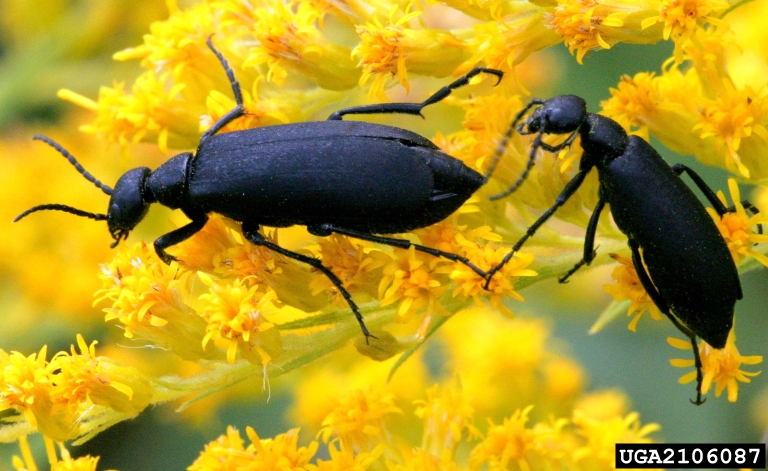
Bugs are nothing new to horse people. But it’s crucial to keep an eye out for a certain type of beetle in a very specific location.
Blister beetles feed on alfalfa, so they occasionally end up dried and baled in hay. Unfortunately, they contain a substance called cantharidin, which is highly toxic to horses. Cantharidin lingers even after the beetles have died. Horses that eat alfalfa contaminated with cantharidin can suffer colic, diarrhea, increased heart and respiration rates, and fever. While some horses can recover with intensive therapy, blister beetle toxicity can kill a horse within a few days if left untreated.
Avoid exposure by checking alfalfa or alfalfa-mix hay carefully before feeding to ensure it doesn’t contain blister beetles. If you find evidence of pests (alive or dead) but aren’t sure if they’re blister beetles, play it safe. Collect a sample and get a second opinion from an experienced source, such as a fellow horse owner, your local Cooperative Extension office, or your veterinarian or equine nutritionist.
Black Walnut Shavings
Yes, black walnut trees are technically plants. But the most common way they poison horses isn’t by consumption … it’s by contact.
Horses standing on black walnut shavings are at significant risk for developing a host of health issues, the most common being laminitis. In fact, the black walnut extract found in shavings is such a reliable trigger for laminitis that researchers have used it in studies aimed at better understanding the early and acute stages of the disease.
The good news? You can easily avoid this toxin by ensuring horses aren’t bedded on or exposed to black walnut shavings.
Molds, Mycotoxins, and More in Feed

A variety of molds, fungi, and mycotoxins (poisonous substances produced by certain molds and fungi) can develop in grain and forage (long-stem, cubes, and pellets) during growth, production, and/or storage. Additionally, spoiled, decaying, or rotting feed and forage can harbor other potentially deadly toxins.
For example, the mycotoxin fumonisin develops in corn during growth, after harvest, and even during storage. If consumed, it causes a potentially deadly neurologic condition called equine leukoencephalomalacia (aka moldy corn poisoning).
And in some cases, old, rotting, or decaying hay (particularly in round bales) and haylage can contain toxins produced by Clostridium botulinum, the bacterium that causes botulism. Like moldy corn poisoning, botulism is often fatal in horses.
Prevent exposure by checking horses’ hay and grain prior to feeding to ensure it doesn’t appear or smell moldy or abnormal. Additionally, if a horse turns up his nose at feed he normally consumes readily, examine it carefully for abnormalities or try giving him a serving from a different bag or bale. Your horse could be able to detect mold or spoilage that’s not evident to the naked eye.
Rodenticides and Pesticides
It might seem obvious that rodent and pest control products can be toxic to horses. They can, indeed, have the same lethal effect on equids as they do on the species they’re meant to eliminate.
This doesn’t mean you can’t use these products on horse properties, but do use extra caution. Avoid spraying products on plants and surfaces horses can reach. And remember, horses can be incredibly crafty in reaching items you don’t think they can! Be extra cautious and vigilant when using bait-type products in proximity to horses, even if you place or store them in horse-safe locations. Not only can these products migrate to easily accessible locations with help from their targets or other critters (such as dogs and cats), but their typically sweet smell and taste (designed to attract their targets) can attract curious equids and make them seem like a tasty treat.
Related Reading: Hidden Dangers: 10 Plants Toxic to Horses
Erica Larson is a life-long equestrian with extensive experience in many disciplines (from three-day eventing to driving mini horses) and in managing a wide range of horses (from seniors to fresh off-the-track Thoroughbreds to high-performance athletes). She resides near Lexington, Kentucky, with her two OTTBs, Eldorado’s Tune and Sniper Shot.
Are you enjoying this content? Sign up for My New Horse’s FREE newsletter to get the latest horse owner info and fun facts delivered straight to your inbox!

